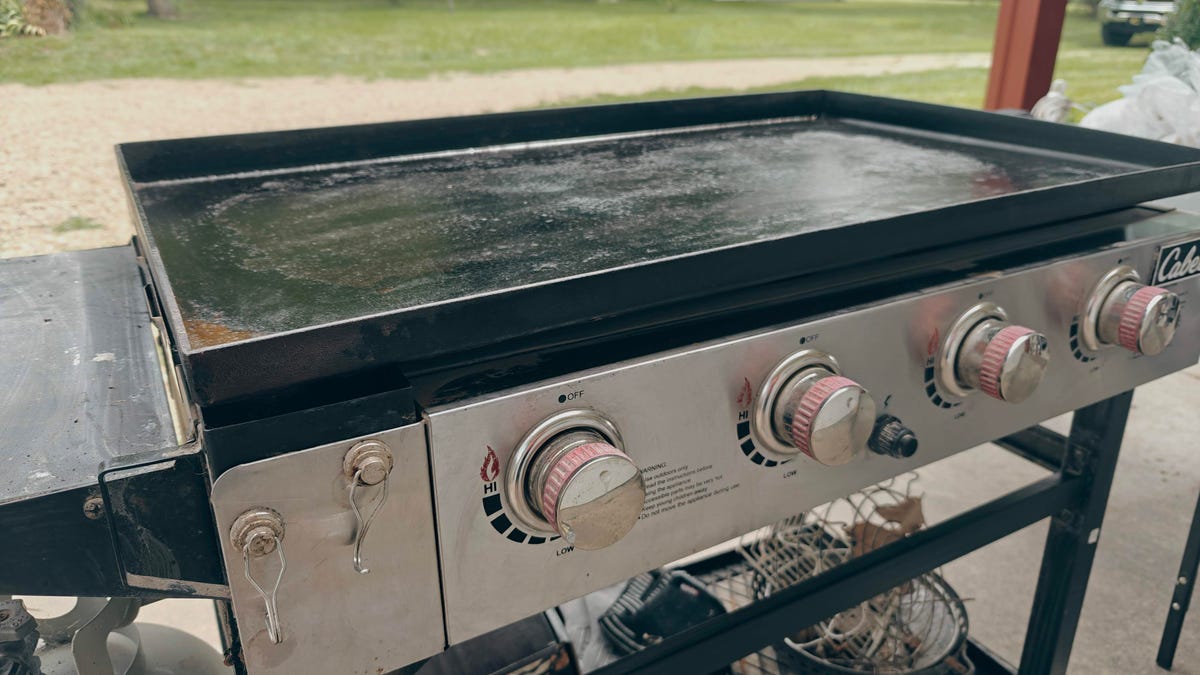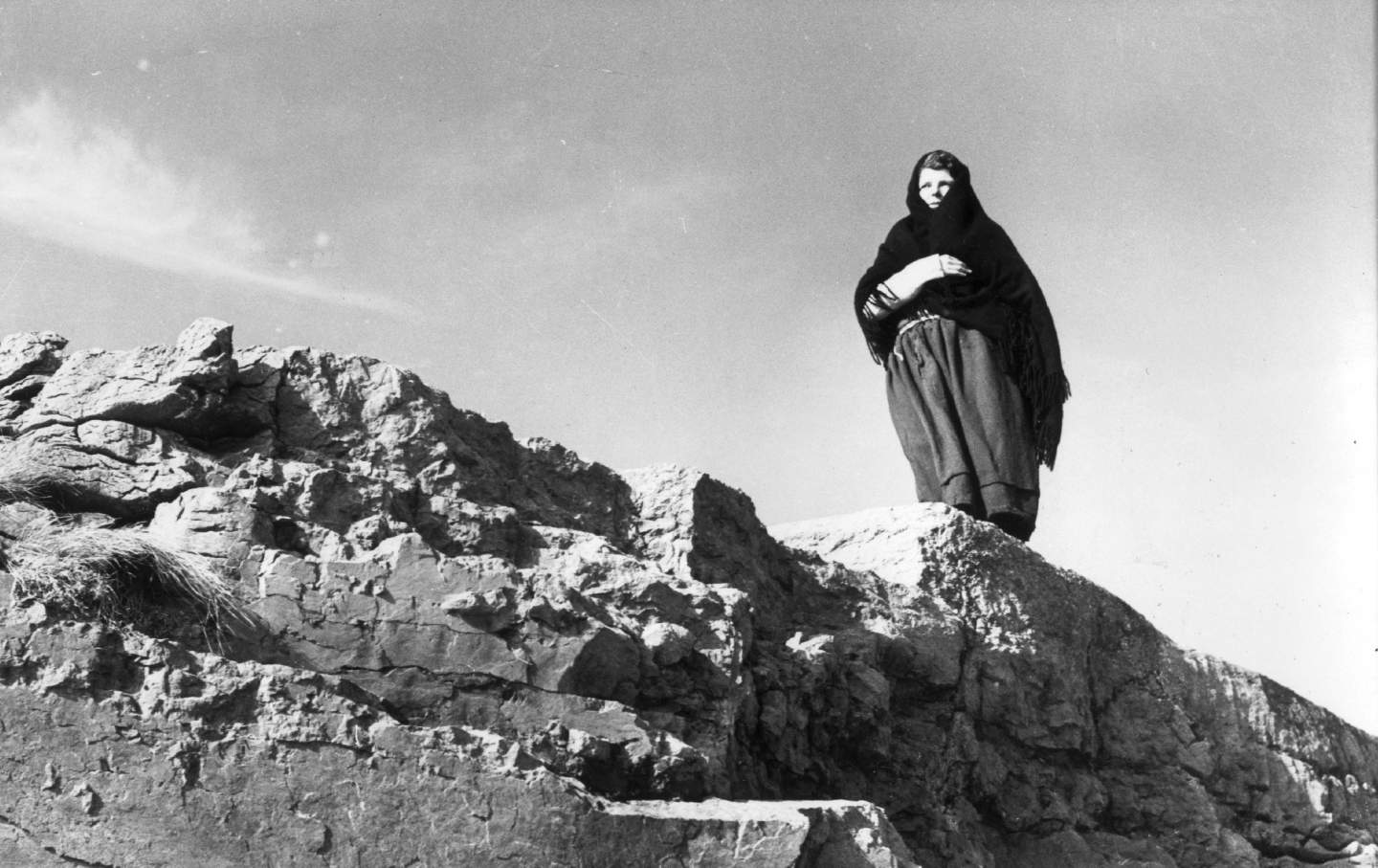So you’ve decided you’re ready to join the griddle craze that’s been taking over outdoor cooking for the past few years — great choice. Griddles from brands like Blackstone have become extremely popular, and for good reason. These hardy cooking tools offer everything from high-heat searing to a large cooking area for a full breakfast of pancakes, eggs, sausage, hashbrowns and more.
Although griddles are known for being robust and able to take a bit more of a beating than many of the top grills on the market, you still need to do a few things to keep it maintained and ready to cook. Before you can even cook your first smashed burger, you’ll need to season it properly. No, I don’t mean salt and pepper. Let me explain.
Be prepared
For the best cooking surface on your griddle, make sure that you properly season it with a high-temp oil./
The vast majority of griddles use a cast iron top, and although this material is a fantastic choice for cooking, it does require a bit more work to maintain than other cookware. Just as you have to season a cast iron skillet, you need to do the same for your griddle top.
Essentially, the seasoning process imparts oil’s properties into the metal itself. This creates a non-stick surface that is very durable and excellent for cooking all sorts of meals. The supplies needed to season your griddle are small and relatively simple — oil and paper towels.
For simplicity, you can buy pre-made seasoning oils for your griddle.
Ideally, you want an oil with a high smoke temperature. I’ve started using pure grapeseed oil, but I’ve also used flaxseed and avocado oil in the past. There are also oils made for seasoning, like this one from Blackstone, but they can be pricey and do just as well as the oils I’ve listed. For example, the grapeseed oil in the photo above cost me about $6 for over 16 ounces, whereas the branded option is $10 for 6.5 ounces.
It is recommended to use the oils above, you can use regular olive oil or vegetable oil in a pinch. The issue with these oils is that, due to a lower smoke temp, you may get some food sticking or getting a burnt flavor. Using these oils to cook with is totally fine, but they aren’t ideal for seasoning.
How to season your griddle
A clean and well-seasoned griddle is perfect for cooking a wide variety of foods without any sticking.
Seasoning your griddle isn’t an overly difficult task, but it will take a little time. Before you even get started with the seasoning process, whether this is the first time your griddle is being seasoned or you need to re-season it, you need to start with a clean surface. If you don’t get it clean to start with, you’ll be imparting impurities into the metal and that isn’t going to make for a good cooking experience, and it can reduce the lifetime of your griddle.
- Clean your griddle’s surface and make sure it is dry.
- Pour enough oil to spread it into an even, thin layer across the griddle surface.
- Using a paper towel, coat the entire cooking area in your oil of choice.
- Turn your griddle to medium heat.
- The oil will begin to smoke. When the smoke ends, usually between 20 and 30 minutes, turn off the griddle.
- Once cool, repeat steps 2-5 two to three more times.
With your griddle clean and coated in oil, you’ll heat it until it stops smoking, then do it again.
By coating the metal in oil and then heating it up, the pores in the metal actually open up and the hot oil can penetrate the surface. As the oil burns off and you repeat the process, you’ll fill all of the metal’s pores. That will harden with the metal for a wonderfully non-stick cooking experience.
When finished, the goal is to have an evenly colored griddle top that is a deep brown, nearly black. When it comes time to cook on your griddle, by simply adding a bit of cooking oil to the top and no matter what you cook, it will all end up on your plate and none left on the griddle. Just make sure you clean your griddle, like you would your grill, because it needs to be cleaned too, and maybe apply a thin layer of oil on it if you have a particularly heavy cook on it when done so it’s ready for your next meal.
There are many options for different grilling tools, smart meat thermometers, pre-made oils for seasoning, and more, but you don’t necessarily have to use those things. As I outlined above, you can get more for your buck when you get only what’s needed. Those grilling accessories can add additional levels to your cooking ability, allowing for more advanced recipes. To get you started, here are five grilling tips to make that next outdoor meal your best yet.


